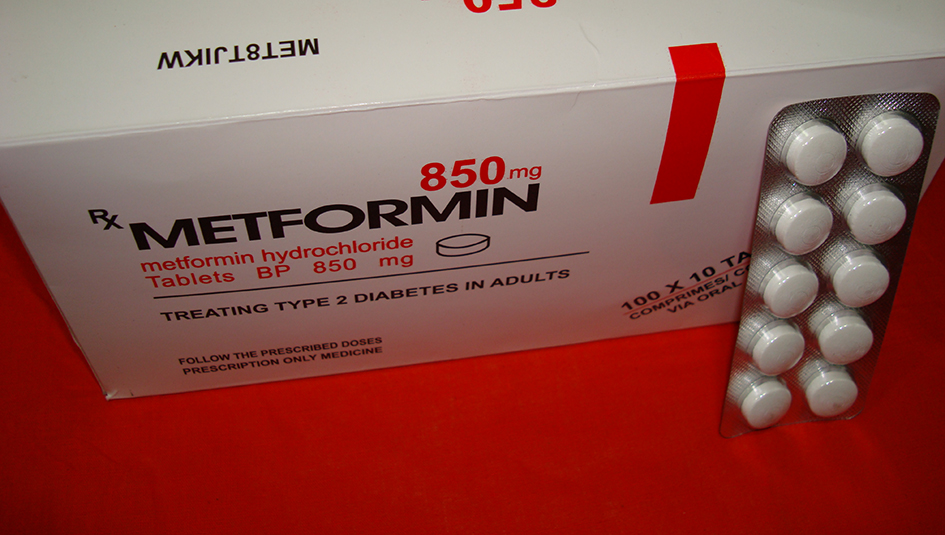New Treatment for Type 2 Diabetes: Resurfacing Your Gut
The gut is the frontier in diabetes research and insulin resistance may be a “disease of the gut lining” rather than purely a metabolic disorder

Further research continues to support the efficacy of a procedure for people with type 2 diabetes that enables the pancreas to produce healthy amounts of insulin again.
Duodenal Mucosal Resurfacing
Known as “duodenal mucosal resurfacing” or “DMR,” this treatment is an endoscopic outpatient procedure that has already proven effective in studies in South America and Europe, according to Dr. Gregory Ginsberg from Penn Medicine. Penn is one of the five research locations involved in a pilot study of this treatment.
The duodenum is the first part of the small intestine immediately beyond the stomach.
The procedure works by inserting a very thin tube down a sedated patient’s mouth and into their stomach. At the end of the tube is a small balloon. Once the tube and balloon are in the patient’s stomach, the balloon is filled with 176-degree water via the tube. The heat from this hot water destroys the cells on the lining of the small intestines — this is also known as ablation therapy.
The breakthrough is that when those “endothelial cells” grow back, they are healthier and not insulin resistant like the previous cells, and thus able to absorb insulin adequately again.
Compelling Research
“This research is compelling because it harnesses the untapped potential of the luminal digestive tract in the management of health and disease,” Ginsberg said. “Moreover, it is provocative in its application of minimally invasive endoscopic therapy to treat a metabolic condition.”
Researchers accidentally stumbled upon the discovery and efficacy of DMR by way of gastric bypass surgery. During gastric bypass, a new path is created for the food you eat, making it completely bypass the duodenum. Long before obese patients undergoing this weight-loss surgery actually lose weight, their blood sugar levels were improving vastly which led researchers to wonder if the cells in the small intestine were part of the overall issue.
Ginsberg adds that it essentially taught them that the duodenum signals for the need for insulin. If the cells in the duodenum aren’t healthy, that signaled message wasn’t being sent properly and thus patients with type 2 were not producing normal amounts of insulin for their meals.
Diet Causes Dysfunction
Researchers have found that these endothelial cells in the small intestines are often enlarged and simply dysfunctional in patients with type 2 diabetes whose diets have been heavy in fat and sugar for years and years of their life.
By ablating these cells, they regrow and are fresh, healthy cells able to signal properly to the pancreas.
For patients with type 2 diabetes, the most immediate results from undergoing DMR is a dramatic reduction in their medication needs, including for many stopping insulin injections altogether.
This also leads to a reduced HbA1c which correlates to a reduced risk of diabetes-related complications like retinopathy and neuropathy.
Benefits Nonalcoholic Fatty Liver Disease
Researchers also found that patients with nonalcoholic fatty liver disease also noticed a dramatic reduction in their liver fat measurements.
“The gut is really a frontier in diabetes research,” explained Raymond Soccio, an endocrinologist from Penn but not involved in the study.
- Soccio’s specialty is fatty liver disease, so the potential of DMR for his patients is encouraging.
- Bile acids are necessary for the absorption of fat and fat-soluble vitamins, which rely on the healthy function of cells in the duodenum and their relationship with the liver.
- “They also seem to have important signaling and other functions in the liver-related to diabetes and insulin resistance that we don’t fully understand,” explained Soccio.
Gut Lining Function vs Metabolic Disorder
The research continues to fuel the theory that insulin resistance may be a “disease of the gut lining” rather than purely a metabolic disorder. By “renewing” the lining of your gut, a person could renew their body’s ability to care for itself.
Overall results from the study showed an average decrease in A1c of 8.5% to 7.5%. While it’s still a far cry from “normal,” which is below 5.7%, it’s a considerable improvement for a patient’s overall health and risk of diabetes complications.
That A1c reduction also means a patient may not need to add another medication to their regimen — which is a victory in itself.
And fortunately, the side-effects are considered minimal but studies evaluating the short and long-term effects are still in progress.
Penn Study Details
At the moment, studies in the US are small. At Penn, there are only three patients but they’re looking to recruit a total of 18.
To qualify, a patient must:
- Have “poorly controlled” type 2 diabetes
- Be on metformin and at least one other diabetes medication
- Cannot be taking insulin
- Have a BMI between 28 and 40
- Under the age of 65 years old
- Not be pregnant
The medical director, Anastassia Amaro, at Penn Metabolic Medicine — website — said the extremely rigid rules have made it difficult to recruit patients, but the interest level is high.
“There is huge interest from patients and people with diabetes,” she said. “We receive phone calls daily.”
After DMR, Diet is Critical
Regardless, what’s most important for any patient to realize is that once you’ve undergone DMR, it’s critical that you improve your nutrition and lifestyle habits to maintain the results and efficacy of those healthy new cells in your duodenum.
Without changing your diet, you’ll eventually find yourself back to high blood sugars.
DMR isn’t a cure, and it isn’t a short-cut. Instead, it’s a procedure that gives you a fighting chance to manage your blood sugars more effectively with fewer medications and lower dosages. It’s an opportunity to start fresh with a focus on your lifestyle habits and prevent type 2 diabetes from leaving its mark on your overall health.





